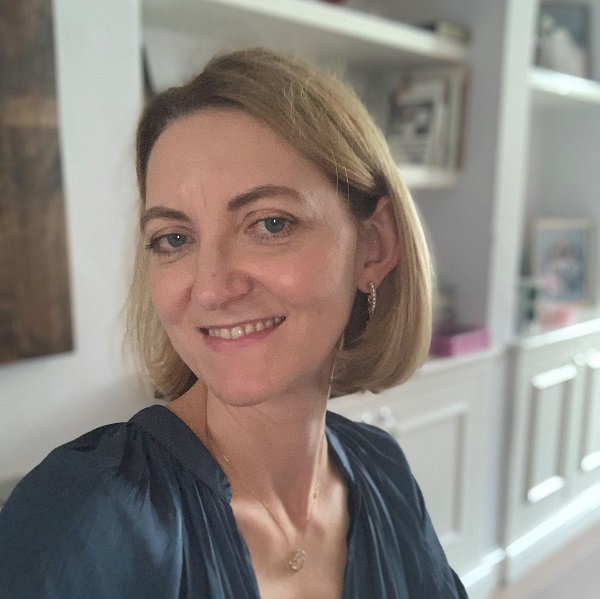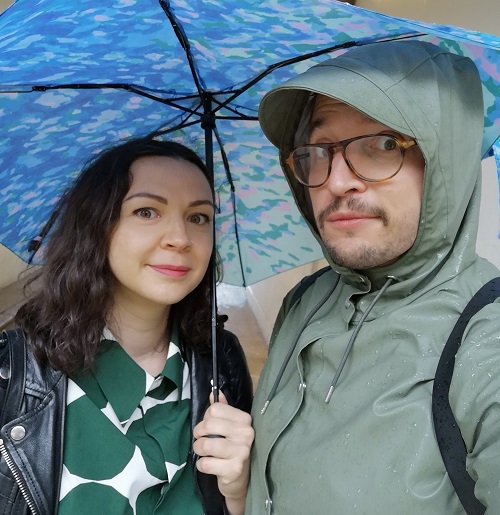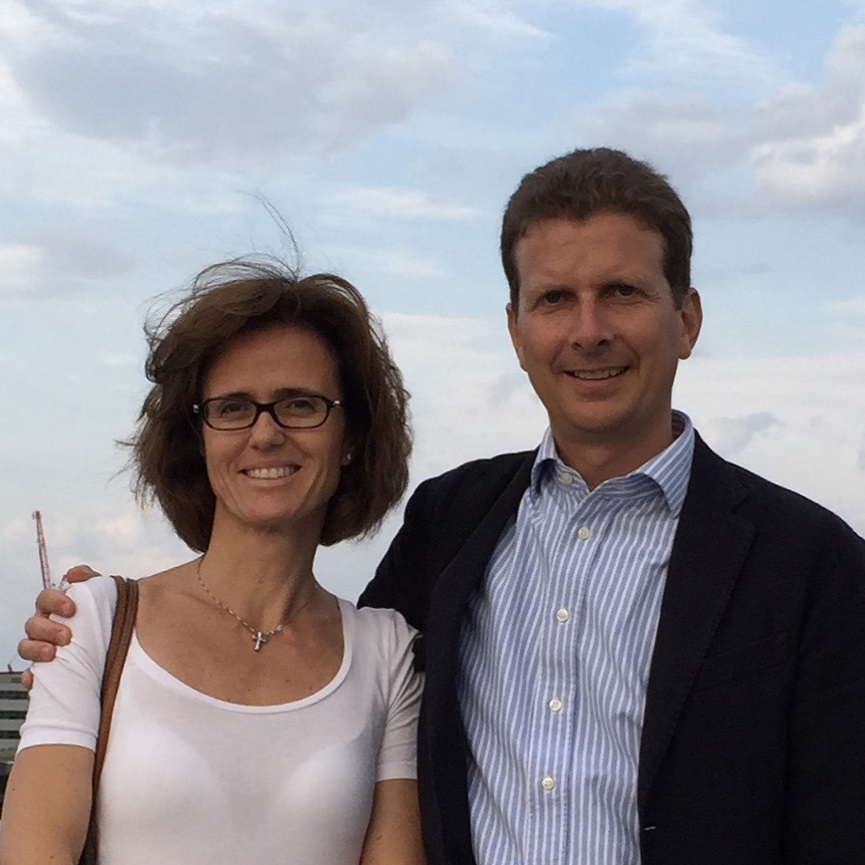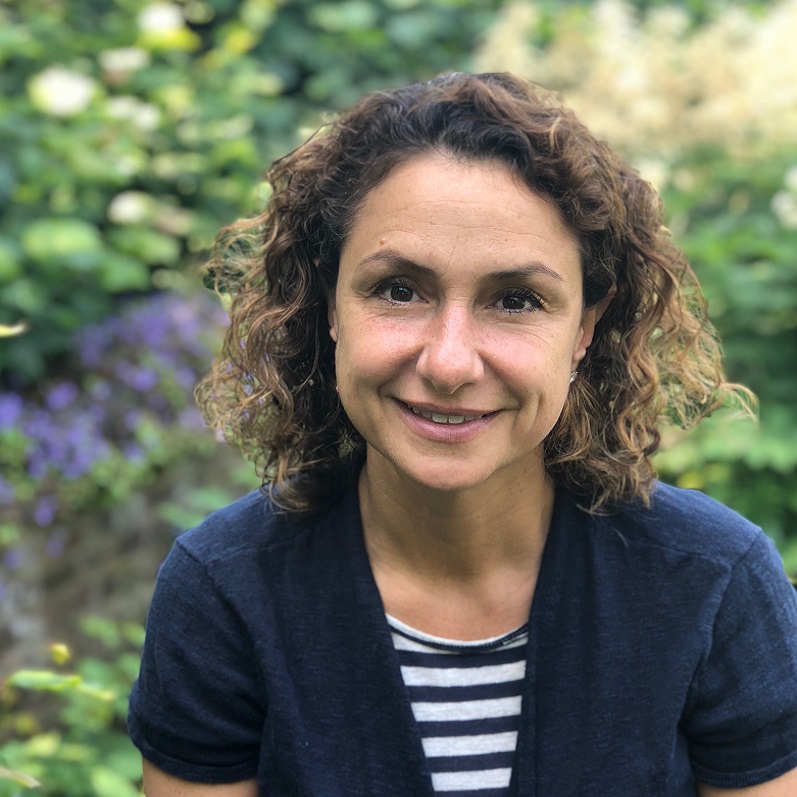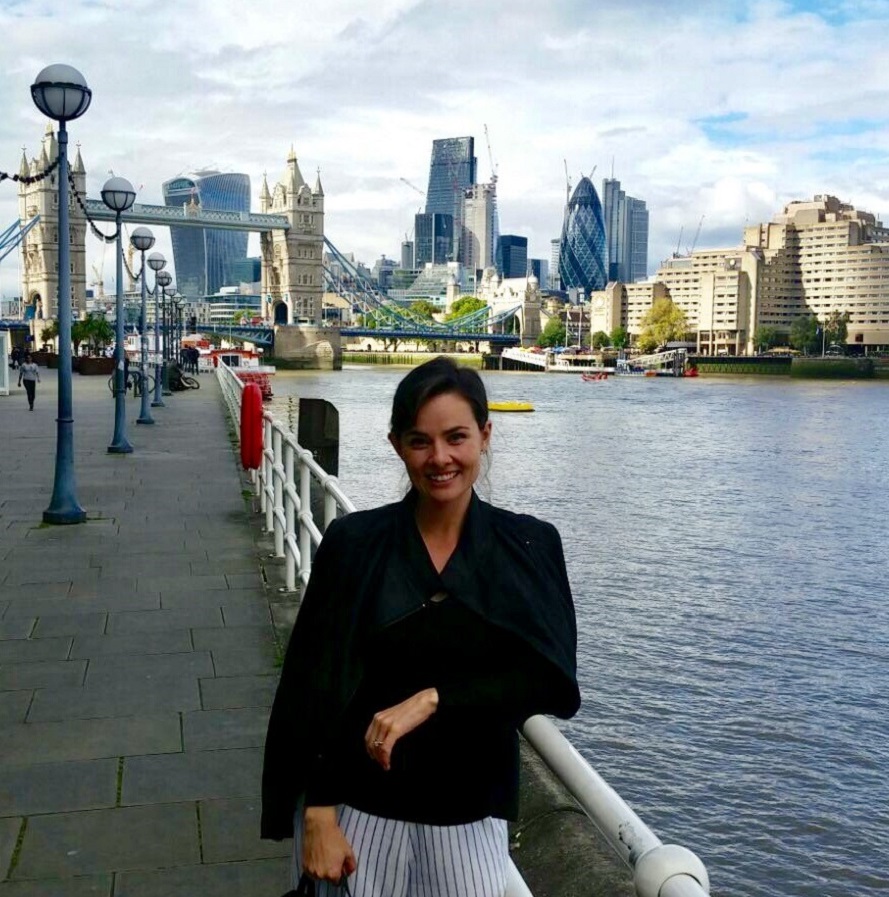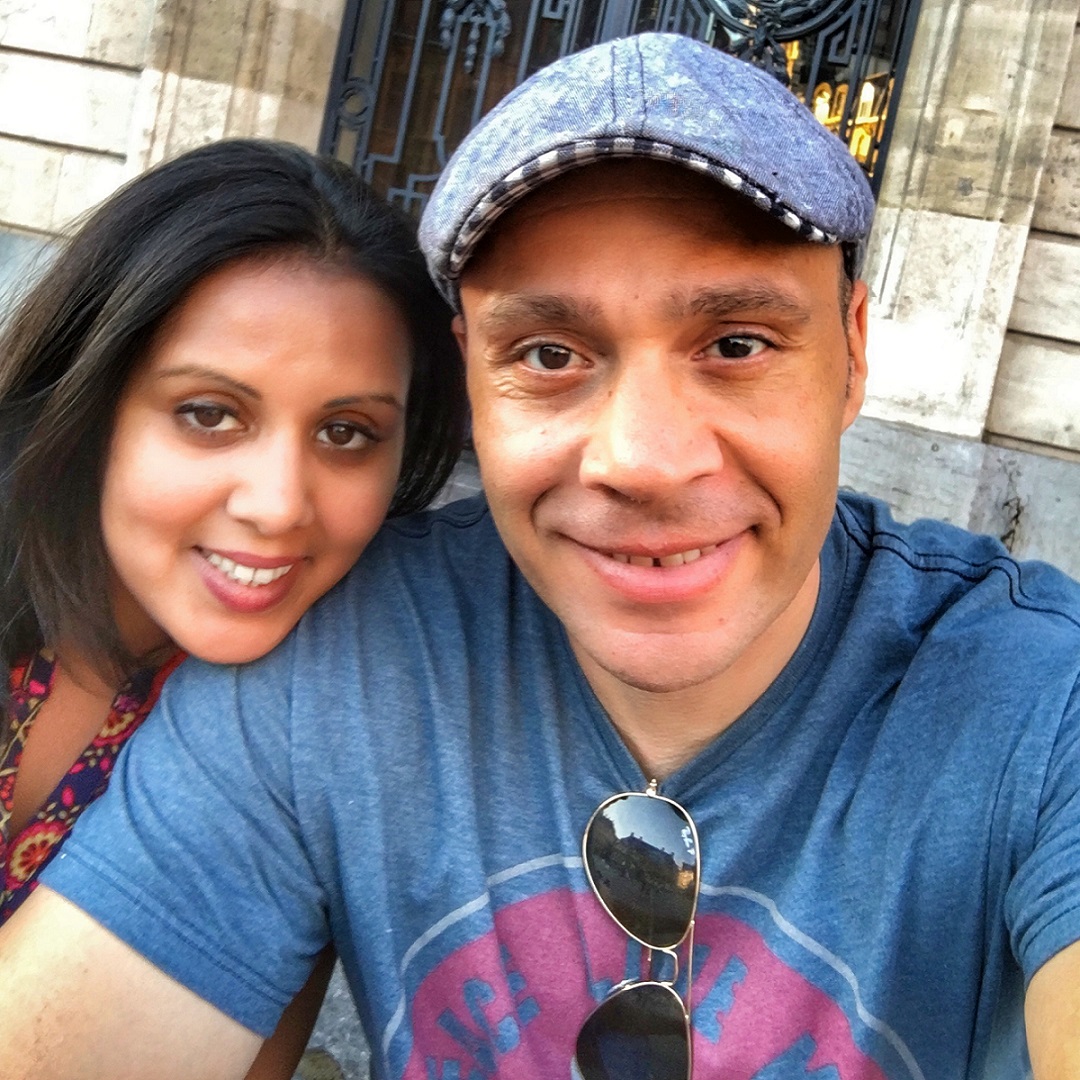London
London is run by the Greater London Authority (GLA) www.london.gov.uk/
Greater London is made up of 33 London boroughs, of which 12 (plus the City of London) make up inner London and 20 make up outer London.
The borough councils are the most important unit of local government in London and are responsible for running most local services in their areas.
All councils’ websites offer in-depth information about local services including state schools. Many councils offer online forms to request services such as application for resident parking permits and paying for council tax, parking penalties. You can also find out information about rubbish and recycling collection.
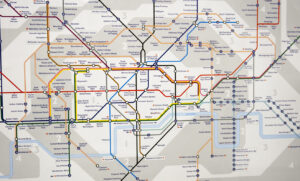
Postcodes
Postcodes are the most important part of any address and it is essential that you become familiar with the postcode system. Whereas street names are in no way unique to any one area, full extended postcodes together with the house number will solely identify an individual address. So if you ever need to find an address make sure you have the postcode for it or you could end up totally in the wrong place.
Each small section of London is allocated a 1-3 letter prefix that corresponds to its compass location and then a following number and 2 letters to distinguish it from adjoining streets within that area. A postcode starting with N means north, S means south, E means east and W means west. So NW means northwest etc. All postcodes in London follow this pattern with the exception of EC and WC which mean Eastern Central (covering the City) and Western Central (covering the Strand, Holborn and Bloomsbury).
Neighbourhoods
Greater London offers a variety of housing options which can be daunting when first choosing where to live. It is therefore good to think about ways to narrow your choices before setting out. Budget, work location, school choices and other lifestyle concerns provide a good starting point.
Contact the FOCUS Team to learn more about different areas of London.
A list of neighbourhoods in alphabetical order:
Balham SW12 and Tooting SW17
Balham and Tooting are situated in south west London, 40–50 minutes from the City and West End by public transport. Balham’s town centre has an increasingly vibrant night life with a variety of bars and restaurants. The area is surrounded by 3 commons (parks) and provides very good green space.
Balham (also railway station), Tooting Bec and Tooting Broadway
Barnes SW13
Attractive, small residential riverside village, located south of the Thames, next to Putney. A good selection of well proportioned family houses, good local nurseries and schools including The Swedish School.
RAIL– British Rail links to Central London and BUS services to Putney, Richmond and Hammersmith.
Hammersmith, approximately a 20 minute bus ride.
Battersea SW11 and Clapham SW12
Located south of the Thames at opposite ends of Clapham Common both areas have a wide variety of rental properties including period flats, new developments and houses with gardens. Battersea Park is a lovely park offering many activities. Although Battersea does not have a tube link – Clapham Junction British Rail and Overground is close by and the bus network is extensive. There are a few French schools in Battersea and Clapham. The US Embassy is located in Battersea.
Clapham Common, Clapham South and Clapham North
Clapham Junction
Bayswater W2
Located on the north side of Hyde Park, Bayswater has a wide range of rental properties including period flats, mews houses and new developments. This central location between Notting Hill and Marble Arch offers reasonably priced accommodation and an extensive public transportation network.
Bayswater, Queensway, Lancaster Gate and Paddington
Belgravia SW1
Belgravia is a very expensive, quiet residential area, located south east of Hyde Park and east of Sloane Square. The choice of rental property varies from terraced to mews houses and conversion flats. Belgrave Square is one of the grandest and largest 19th century squares in London. Large exclusive department stores such as Harvey Nichols, Harrods and Peter Jones are within walking distance. A few well-established private English schools are located around the area.
Sloane Square and Victoria
Belsize Park NW1 and Primrose Hill NW3
Located to the north of Regent’s Park and west of St John’s Wood, these areas are part of the Borough of Camden. They offer a selection of large homes and conversion properties. Primrose Hill has many nice shops, bars and restaurants and it is famous among celebrities. Good links to the City.
Belsize Park and Chalk Farm
Blackheath SE3
Blackheath in south east London is named for its extensive open green area surrounded by elegant period houses. Families love it for its relaxed pace, a strong sense of community and top-performing state primary schools.
RAIL– The area has no Tube stations, but it does have three railway stations with trains to Victoria, Charing Cross and London Bridge.
North Greenwich DLR-Greenwich and Cutty Sark
Bushey WD, Northwood and Harrow HA and Barnet EN
The area north west of London has many open green spaces and large suburban family houses. Most desirable areas include Bushey, Pinner, Northwood and Rickmansworth. It is very easy to commute from these areas to the City and Central London by tube or rail and the M1and M25 are both at your doorstep.
There are some very good British schools in this area.
Northwood, North Harrow, Bushey and Pinner
Camden NW1
Located to the north west of Regents Park, Camden is a vibrant, edgy, cosmopolitan area with many restaurants and bars and great night life. Rental properties are fairly limited as the majority of housing consists of period conversions and modern developments. Attractions include the canal and the famous street market.
Camden Town, Chalk Farm and Mornington Crescent
Canary Wharf E14, Poplar E14, Isle of Dogs
Once only an office location it is now becoming a desirable residential area thanks to shopping centres, many new restaurants and a growing social scene. The majority of homes are found in stylish glass sky scrapers, although many converted warehouses offer a more relaxed living style in West India Quay on the north side of the business district. Shopping centres, many new restaurants and a growing social scene
Canary Wharf
DLR Canary Wharf, Heron Quay, Mudchute
Chelsea SW3 and SW10
Chelsea is located to the south of Hyde Park and just north of the Thames. It is a very fashionable central area, housing a large expat community. Rental prices are high due to its central location, large selection of premium rental property and good school choices. The famous Kings Road and Sloane Street offer high end shopping and other conveniences. The bus network is very good. Sloane Street or South Kensington tube stations may not convenient for all areas of Chelsea.
Sloane Square and South Kensington
Chiswick W4
An increasingly popular area, located to the west of Hammersmith. Properties vary from Victorian/Edwardian family houses with gardens to smaller terraced houses. New homes and developments are increasing in number. It is a good location for travelling to Heathrow or to the West Country via the M4. The International School of London (ISL) has one of its locations in this area.
Chiswick Park and Turnham Green
Clerkenwell and Farringdon EC1
Clerkenwell is very central and popular as a residential area. It is considered to be very trendy, particularly for young singles and couples. Family homes are difficult to find. Farringdon is also a trendy area with a vibrant night life. The Smithfield Market, located in this area, is a large wholesale meat market and is definitely worth a visit. Farringdon station will be a major interchange station between Thameslink and Crossrail when this will open in Autumn 2019.
Farringdon, Chancery Lane
Docklands E14, Wapping, Shad Thames, Bermondsey and Tower Bridge SE1
Docklands covers a very large riverside area and encompasses some of most impressive developments in London. The majority of the traditional ‘docks’ are located in Wapping, north of the Thames and to the east of the City, but areas such as Shad Thames and Bermondsey are located on the South Bank andhas seen an upsurge in artistic and commercial activity in recent years. Warehouse conversions, new apartment buildings with porterage, gym facilities, parking, river views or marina views are all very popular, especially with young professionals. Family homes are hard to find.
London Bridge, Bermondsey and Canary Wharf
Wapping, Shadwell
DLR Tower Gateway, Shadwell, Limehouse
Dulwich SE21, SE22 and SE23
Dulwich is a true village complete with duck pond, cottages and a working tollgate, set in open greenery. Located south east of London, the travelling time on the train to Central London is approximately 20 minutes. The area is very family oriented with parks, golf courses and many good schools. Properties vary from large Victorian houses to pretty cottages and terrace houses. Flats are becoming more popular and several new housing schemes have recently been built.
Rail: North Dulwich, East Dulwich, West Dulwich, Forest Hill
Ealing W3
Located west of Hammersmith with an ‘out of town’ feel that offers good facilities and affordable accommodation. A great deal of conversion flats, new developments and larger Victorian houses with gardens are available; some modern riverside development is taking also place in Brentford. The Japanese school is located in Ealing, amongst others.
Ealing Broadway and Ealing Common
Earls Court SW5
Located south west of Hyde Park and near Gloucester Road, it has become more popular over the past several years. The area is undergoing a large redevelopment.
There are some elegant houses and conversion flats in garden squares away from the busier shopping areas. Earls Court Road has an eclectic mix of shops and restaurants and it is very close to Chelsea, South Kensington and Fulham.
Earls Court and West Brompton
Finchley NW12
Located in north London in the district of Barnet, this quiet green suburb has a community feel and large suburban properties ideal for families. Types of property vary from large luxury homes to modern flats and some pre-war terraced housing. Strong Jewish and Asian communities are established here. Dwight School London is located in this area. There is good access to A1 and M1 and the North Circular ring road.
East Finchley, Finchley Central, West Finchley and Woodside Park
Fulham SW6
Extremely popular with young families, Fulham has a strong neighbourhood feel, but it also attracts singles and couples. Located next to Chelsea, but notoriously more affordable, it has a good selection of rental property ranging from Victorian houses with gardens to conversion flats, new developments and riverside apartments.
Parsons Green, Fulham Broadway and Putney Bridge
Golders Green NW11, Hendon and Mill Hill NW4
Located to the north west of Hampstead, these areas form the centre of the Jewish Community in London, but are also popular with Japanese and Asian families. The majority of accommodation is family orientated, but luxury apartments and flats are also available. All areas are good for access to North London (A1 and M1).
Golders Green and Brent Cross
Greenwich SE10
On the south bank of the river, it is quite large and unofficially divided into East and West Greenwich. The town centre lies in the middle and the town centre is full of life with a cosmopolitan feel and an abundance of shops, bars and restaurants. Streets are often quite leafy and housing is fine Georgian terraces, Victorian villas and terraces, and many new apartments building on the Greenwich peninsula. Canary Wharf is reached easily by public transport.
DLR Cutty Sark, Greenwich
North Greenwich
Hammersmith W6 and Brook Green W14
Hammersmith is conveniently situated next to the Thames and at the foot of the M4 (which leads directly to Heathrow and the West Country). Brook Green and Brackenbury Village are very sought after areas. Types of accommodation vary from Victorian Terraces to large period homes, mansion blocks and riverside developments.
Some excellent British private schools are located in this area.
Hammersmith, Ravenscourt Park and Barons Court
Hampstead NW3 and NW6 and Hampstead Garden Suburb N2 and NW11
Hampstead is a charming and popular area set on a hill with the famous Hampstead Heath providing views over the City. All areas are desirable, but in particular, properties overlooking the Heath and near the Hampstead Village are considered the most exclusive. West Hampstead may prove a more affordable option, great transportation links and several small shops, restaurants, cafes, bakeries.
Hampstead Garden Suburb, on the north side of Hampstead Heath, is a large, attractive residential area. Many different types and styles of property are available from large mansion houses (complete with swimming pools and granny annexes) to Victorian cottages and state-of-the-art developments.
Hampstead, West Hampstead, Swiss Cottage and Belsize Park
Highgate N6
Charming and pretty, Highgate is separated from Hampstead by Hampstead Heath. It has a village atmosphere but is spacious with lots of greenery. Prices are fairly expensive. Properties range from opulent mansions to Victorian terraces, cottages, and purpose built flats. Highgate Heath is popular with families.
Highgate and Archway
Holland Park W11
Holland Park is located to the north west of Kensington and boasts the greatest concentration of large houses with some converted into large flats with wonderful horizontal living space. The area has its own park with one of the best children’s playgrounds in Central London, an open-air theatre in summer as well as tennis courts and playing fields.
Holland Park and High Street Kensington
Islington N1
Now described as one of London’s trendy neighbourhoods, Islington is a vibrant and bustling area, situated to the east of Camden. A convenient commute to the City has made it very popular. The majority of property is of a ‘period’ nature (houses and conversion flats) but the area also has new developments.
Angel, Highbury and Islington
Kensington W8
Located to the west of Hyde Park, Kensington remains a highly popular residential area centrally located close to Holland Park, Notting Hill and convenient to the West End. Transportation and shopping are very good (Kensington High Street). Properties include large period houses, conversion flats and mews houses. Prices are high due to the popularity of the area.
High Street Kensington
Kingston upon Thames KT1
Located on the banks of the Thames, Kingston is just 12 miles from the centre of London and a 25 minute train ride from Waterloo. It’s within easy access of Kew Gardens, Richmond and Bushy Parks has a broad mix of architectural styles, including Victorian and Edwardian period homes. Ideal for families seeking a peaceful lifestyle but popular also with a new influx of young professionals who are falling for the area’s lively cultural scene, riverside pubs and shopping opportunities. Marymount International School is located here.
Rail: Fast trains from Kingston station to Waterloo take 30 minutes, or locals can reach Victoria in 40 minutes via Clapham Junction.
Knightsbridge SW1 and SW3
This is a very fashionable area, famously known for Harrods and Harvey Nichols. Knightsbridge is located adjacent to Hyde Park and in close proximity to Belgravia and South Kensington. It offers a good selection of rental property (but very expensive) from elegant town houses to tiny mews houses, conversion flats and period apartment blocks – often surrounding leafy communal gardens.
Knightsbridge and South Kensington
Maida Vale and Little Venice W9
Located north of Marble Arch this is a solely residential area which is popular and attractive, especially the parts around the canal, known as Little Venice. It has a neighbourhood feel and there are restaurants, pubs and cafes, popular with locals and close to the canal. The properties range from terraced houses and villas, to mansion flats and garden maisonettes. Properties benefit from the many communal gardens.The larger properties are very desirable and can be very luxurious.
Maida Vale and Warwick Avenue
Marylebone NW1 and W1
This neighbourhood offers a village feel, despite its central location. Small boutiques, bookstores, family-owned patisseries make this area very residential and at the same time very lively proving popular with couples. Regents Park and Hyde Park are only a short walk away.
Marble Arch, Bond Street and Baker Street
Mayfair and St James’ W1
This is considered one of the most exclusive areas with many offices, embassies and high end retail stores. Residential properties are rare and include extremely large period mansions (complete with parking space and room for household help) or large period conversions and mansion flats. The north side of Oxford Street is more residential.
Green Park, Bond Street, Marble Arch and Piccadilly
Notting Hill W11
This is a very fashionable and cosmopolitan area located to the northwest of Hyde Park and next to Holland Park and Bayswater. Not all areas are desirable, but the most popular have Victorian mansions, contemporary conversion flats and mews houses. Prices vary greatly from area to area, with the majority of expats preferring to be close to the bustling streets, shops, restaurants and bars and the ever-popular Portobello Road market. The friendly atmosphere attracts a diverse mix of people. One of the world’s largest street festivals, the Notting Hill Carnival, takes place in this neighbourhood every year in the August.
Notting Hill Gate, Ladbroke-Grove, Latimer Road and Westbourne Park
Pimlico SW1
Located just north of the Thames and south of Victoria, Pimlico is a residential area with a village feel. It has become very popular in recent years. It offers better value for money than nearby Belgravia and is known for its lovely garden squares and Regency architecture but there are a few larger houses and new developments. The streets known as the Pimlico grid are famous for being home to many MPs.
Pimlico and Victoria
Putney and Roehampton SW15
These locations are popular with families due to their good selection of larger houses at reasonable rates and choice of schools. Both areas are located just south of the river from Fulham and offer some very attractive properties. These areas are well situated for access to the M4 as well as the A3/M3. Properties vary from new developments, purpose built blocks of apartments, conversion flats and larger Edwardian and Victorian houses and terraces.
East Putney and Putney Bridge
Richmond, Kew and Twickenham, TW9
Richmond, a Georgian Thames-side town, has a community feel and is located close to Richmond Park, Kew Gardens and the Thames. The area also encompasses the pretty village of Ham, Kew (another desirable place to live with pretty Georgian terraces/cottages) and Twickenham. All areas have easy access to the A3/M3. The German School is located here.
Richmond
Shoreditch E2, Dalston E8, and Hackney E9
A bustling multi-cultural area increasing in price due to gentrification but still a popular place for young people to move to, especially if they work in media or the creative industries.
It has a buzzing nightlife full of quirky bars, great restaurants and loads of cool vintage shops. Although there is no tube station, there are multiple Overground rail stations, meaning that Liverpool Street is just a speedy 11 minutes away.
Shoreditch High Street, Dalston Kingsland, Dalston Junction, Hackney Downs
South Kensington SW7
Located to the south of Hyde Park, South Kensington has excellent facilities, schools, health clubs and museums, in addition to shops, restaurants, bars and clubs. Properties benefit from the many communal gardens. The French Lycee is located in this area.
South Kensington and Gloucester Road
St Johns Wood NW8 and Regent’s Park NW1
A quiet area, it is popular with expatriate families, Americans in particular, due to The American School of London. There is a good selection of housing from large elegant homes to designer flats. This area also has the highest number of penthouses in London! St John’s Wood is located to the north west of Regent’s Park and the popular attractions include London Zoo, the Regents Park Canal and Lords Cricket ground. Good for access to north London.
St John’s Wood
Stratford
Stratford has seen a great change in a short time. East village has lovely independent cafes and restaurants, there is a great selection of shops (Westfield shopping centre). You also benefit from Olympic sports centre and recreation grounds nearby with beautifully designed spaces by the river, children’s playgrounds and outdoor gym equipment, running routes and bicycle paths.
Very good transport links.
Streatham SW16
This area is conveniently located for the City due to links between Central London and Streatham Common, just 5-miles south of Charing Cross. The properties tend to be good value: Victorian conversions or large family houses and 1930’s mansion blocks.
Rail– No tube but Streatham Railway Station is close by
Surrey– various postcodes
For those who prefer to live outside the hustle and bustle of Central London, but still within a good commutable distance, Surrey is a great option. Extremely popular due to good rail links, wide open spaces, great international schools (ACS International Schools in Egham and Cobham, ISL Surrey in Woking and TASIS in Thorpe) and value for money. A huge variety of properties from the odd one bedroom conversion flat to cottages, huge mansions and farms. Most have parking spaces and gardens. This area is extremely popular with expat families.
Rail – various stations
Wandsworth SW17 and Earlsfield SW18
Central Wandsworth is very busy, but the quiet back streets are pleasant with spacious and reasonably priced properties available. Earlsfield has grown in popularity over the last few years and has some very good facilities. Both areas are accessible to the A3/M3 and are good for access to south west London. The majority of properties have gardens and vary from conversion flats to large Victorian and Edwardian terraces.
Southfields
Wimbledon SW19 and SW20
Located south of the Thames, Wimbledon is a lovely village with a family orientated feel. Famous for the lawn tennis club, the area is also home to some very desirable property. Many of the homes are individually designed and range from modern conversion flats to large mansions leading onto Wimbledon Common. The Norwegian School is located here. It is convenient for Heathrow and Gatwick airports and access to the A3/M3.
Southfields, Wimbledon Park and Wimbledon
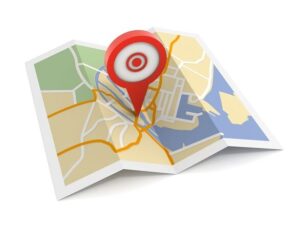

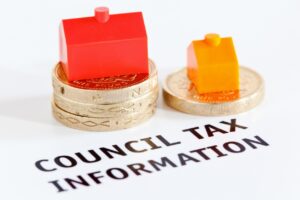 This is a tax levied on households by local authorities, based on the estimated value of a property (‘Bands’) and the number of people living in it. Most councils allow reductions for single occupancy which is levied at 75% of the total bill. Even if you are renting, you are responsible for paying the tax. Council Tax information can be found on each borough’s website. Households where everyone’s a full-time student don’t have to pay Council Tax.
This is a tax levied on households by local authorities, based on the estimated value of a property (‘Bands’) and the number of people living in it. Most councils allow reductions for single occupancy which is levied at 75% of the total bill. Even if you are renting, you are responsible for paying the tax. Council Tax information can be found on each borough’s website. Households where everyone’s a full-time student don’t have to pay Council Tax.


